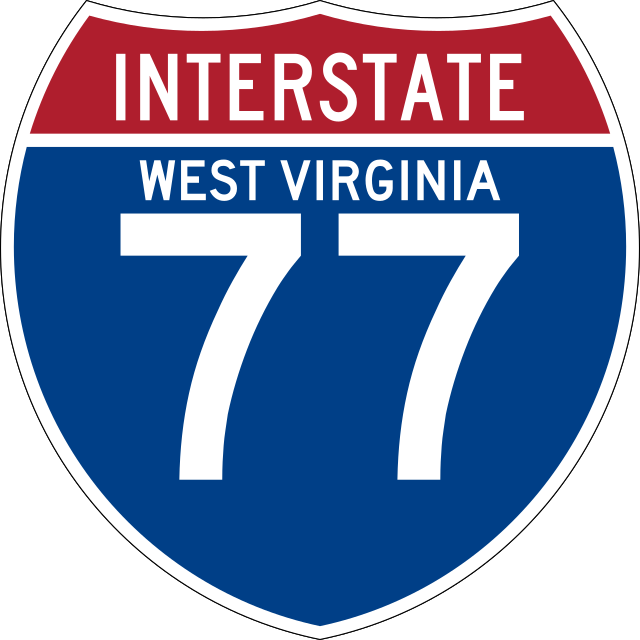Interstate 77 in West Virginia: Difference between revisions - Wikipedia
 Article Images
Article Images
Content deleted Content added
m |
m |
||
Line 106: ===Modernization=== ==== With construction of segments of I-77, [[Interstate 64 in West Virginia|I-64]], and [[Interstate 79 in West Virginia|I-79]] underway by the late 1960s and 1970s, traffic began to increase rapidly on the West Virginia Turnpike, resulting in the [[Super Two freeway]] becoming a congested bottleneck; in particular, congestion at the toll plazas was a major concern. Moreoever, the roadway had also lacked any mesurestp protect oncoming traffic from crossing directions, which resulted in many [[Head-on collision|head on collisions]], and by extension, an increased fatality rate.<ref name="monday" /><ref name="MaintainceModernize">{{cite press release |last = Barr |first = Greg |title = Parkways Authority Approves Significant Long-term Turnpike Construction, Maintenance and Modernization Strategy |publisher = West Virginia Parkways Authority |date = December 14, 2005 |access-date = December 20, 2005 |url = http://www.wvturnpike.com/news_release2.htm |archive-date = March 19, 2006 |archive-url = https://web.archive.org/web/20060319011729/http://www.wvturnpike.com/news_release2.htm |url-status = live }}</ref> The lack of connection with the Turnpike had also caused the traffic on I-64 between Sam Black Church and Charleston use a scenic but treacherous section of [[U.S. Route 60 in West Virginia|US 60]] known as the [[Midland Trail (West Virginia)|Midland Trail]] through [[Rainelle, West Virginia|Rainelle]] and [[Ansted, West Virginia|Ansted]] before the road descended Gauley Mountain at [[Hawks Nest, West Virginia|Hawk's Nest]] to the [[Kanawha River]] Valley to reach Charleston. There were terrible accidents along this stretch and lengthy delays as trucks negotiated the major grades.<ref name="monday" /> Becuse of these issues, studies to upgrade the highway were undertaken in the early 1970s. In 1974, the cost to expand the turnpike to four lanes was placed at $350 million (equivalent to ${{formatprice|{{inflation|US-GDP|350000000|1974}}}} in {{inflation-year|US-GDP}}{{inflation-fn|index=US-GDP}}). When the project had not started by 1975, articles in local newspapers attacked the state workers for their "laziness" in pursuing the upgrade of the highway. Turnpike officials worried, as the costs for upgrading the toll road were increasing dramatically.<ref name="MaintainceModernize"/> | |||